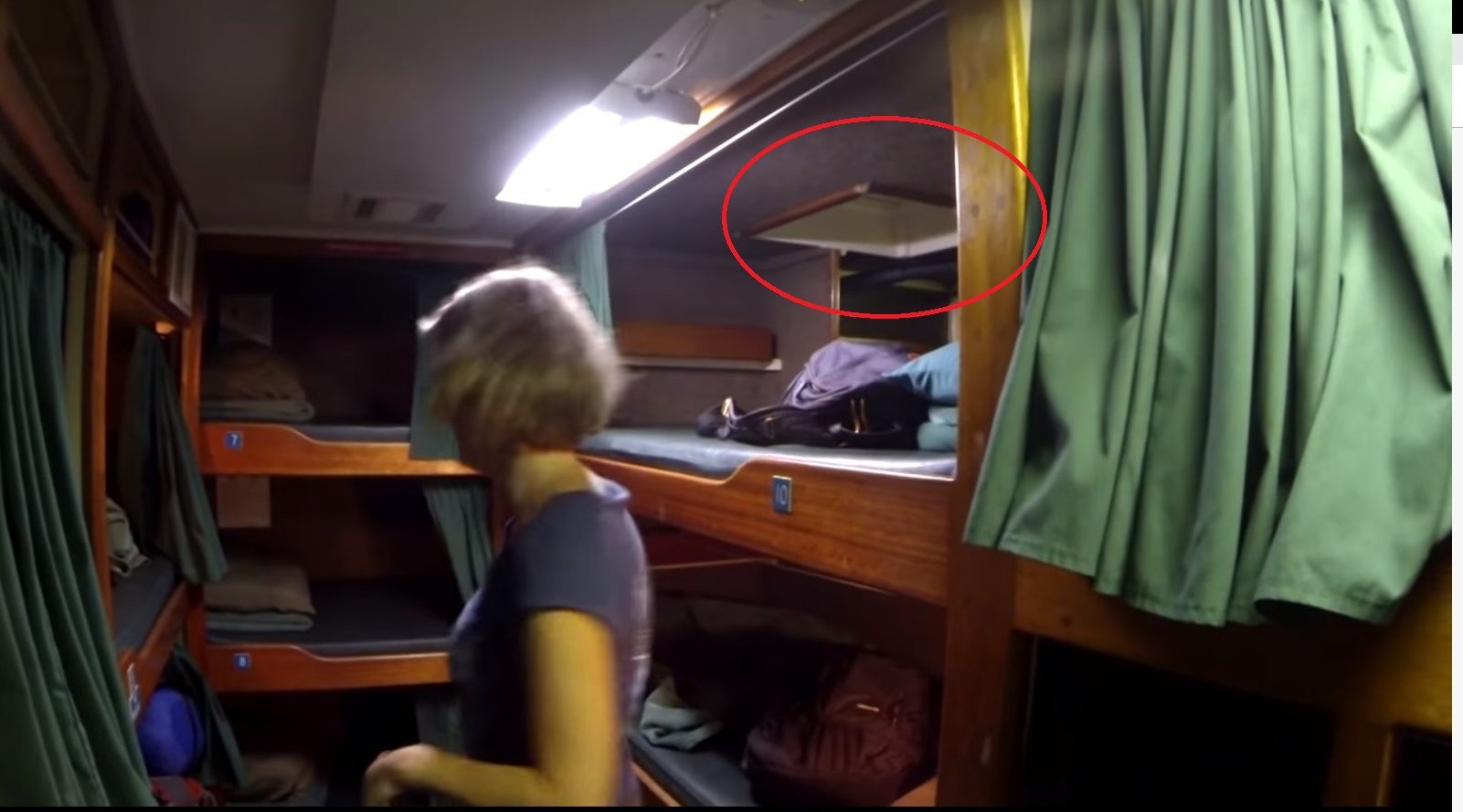I have been on the Conception and Vision four times in the last three years (which both have a similar layout), and our same group is booked on the Truth for next weekend.
On my first trip I was assigned one of the top middle bunks in the rear which has access to the escape panel which is shown in the fifth picture posted by K-girl (
Fire on dive boat Conception in CA)
As we slept on board upon arrival, someone (I am assuming the crew) had removed the panel by the first morning and I could see coats hanging on hooks swaying from side to side. So rather than climb down I exited my bunk by literally pushing myself up and out of the rear of my bunk and rolling out of the hatch and onto the floor. It wasn't really graceful as there wasn't a way to step up and out.
The bunk room steps would be below the TV on the right hand side that is shown in the same picture. To exit via the steps you would then need to make your way through the galley area to exit via the rear of the boat.
If the fire was already fully consuming the galley area, which seems likely based on what has been already been reported, it would be difficult to exit via the stairs through the galley and the alternate would be for people to climb up to either of the upper rear middle bunks (both bunks accessed the same panel) as even the panel exits into the rear of the galley area.
The escape panel was covered in the safety briefing on the first morning and the crew on all of trips were friendly, helpful and professional.
A very horrible situation for everyone onboard and their families, and my heart goes out to them. I frankly wonder what exactly I would have done in the various scenarios playing in my head considering I was happier getting lower bunks in subsequent trips.




